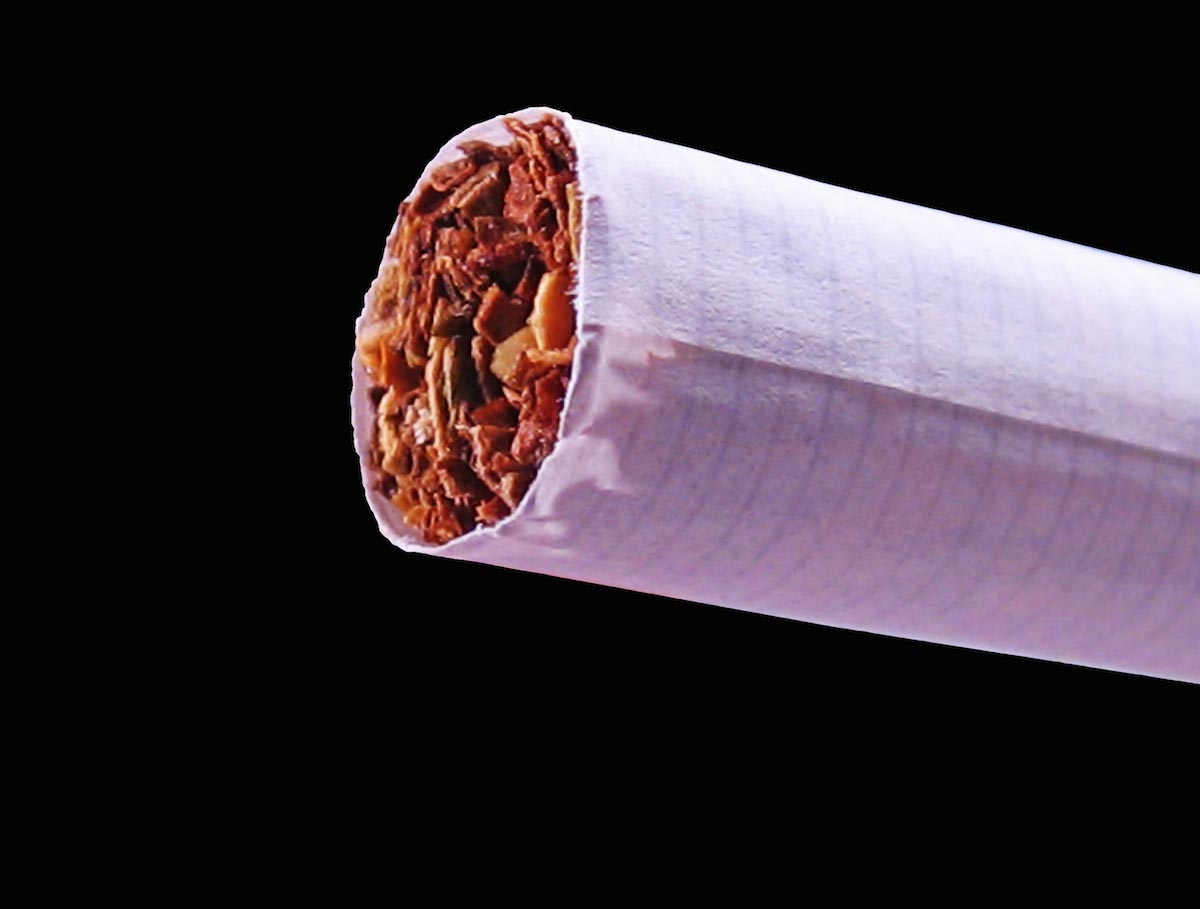New study finds smokeless tobacco causes mouth cancer, with more than half off all cases occurring in Asia
12/12/2017 / By Ralph Flores

One thing you can rely on about tobacco: It’s bound to give you cancer if you put it in your body.
Most of you may think that statement only applies to smoking tobacco. However, a study in Myanmar puts chewing tobacco in the same category. A recent study has discovered that almost all cases of mouth cancer in the country can be linked to the betel quid – with all patients having chewed betel during their lifetime.
Chewing betel is a habit that is closely related to smoking and drinking alcohol (both of which can also increase the likelihood of developing cancer), which often starts during adolescence.
The World Health Organization (WHO) estimates 250 million users of smokeless tobacco are in Southeast Asia, where Myanmar is located.
Consequently, this region also holds the highest incidence of mouth cancer, with over 95,000 cases each year. The disease is noted to be prevalent in poverty-stricken areas, as these have a greater exposure to smokeless tobacco.
“According to previous studies the incidence of oral cancer, also called mouth cancer, in Southeast Asia has been disturbingly high for many years,” lead author and oncologist Dr. Khin Khin Nwe reports. “It has also been shown that smokeless tobacco use is common in this region – for example in Myanmar more than 50 percent of men use betel quid.”
The study looked into the lifestyles and behaviors of patients who suffer head and neck cancer in order to determine the factors that may have been responsible for the disease. The sample was derived from 307 cancer patients who visited Toungoo Hospital in 2016. Out of the total, 67 people had head and neck squamous cell cancer (HNSCC) and were included in the study. These included 41 males and 26 females with an average age of 59.2 years old for men and 58.7 years old for women. The most common type of cancer noted was in the oral cavity, followed by the larynx, lip and nose.
The participants were then asked about their habits regarding betel quid chewing, smoking and drinking. The highest response was chewing betel alone at 30 percent, followed by a combination of the three habits. All cases of mouth cancer were betel quid chewers, with some cases combining either alcohol or smoking to both.
“Chewing of betel quid has been common in Southeast Asia, including Myanmar, for a long time and our study shows that it is a public health problem,” Nwe concludes. “Efforts are needed to increase awareness of the risks of betel quid chewing so that adolescents do not start the habit and adults are encouraged to quit. This may help to prevent head and neck cancer.”
The National Cancer Institute (NHI) defines smokeless tobacco as tobacco that is not burned. This is introduced into the body through chewing and sucking. There are two main kinds of smokeless tobacco: chewing tobacco (such as betel quid) which is put in the oral cavity, and snuff (a finely cut or powdered tobacco) which is then inhaled or is put inside the mouth to rest. (Related: Smokeless tobacco products like snuff also cause cancer.)
Aside from cancer, the use of smokeless tobacco can increase the risk of heart disease, gum disease, to name a few. The substance contains nicotine, which is highly addictive. A stark difference between people who smoke tobacco over those who chew it is the chemical’s effect. Persons who chew tobacco absorb tobacco directly into the bloodstream, where it can reach the brain and it can stay in the blood longer than that of smokers.
Finally, smokeless tobacco is NOT an alternative to smoking. Need help with kicking the habit? Check out StopSmoking.news for more ways to start living healthy.
Sources include:
Tagged Under: addiction, betel quid, chemicals, chewing tobacco, heart disease risk, men's health, mouth cancer, nicotine, oral cancer, oral cancer in Asian men, smokeless tobacco, Southeast Asia, stop smoking, Tobacco, toxins




















